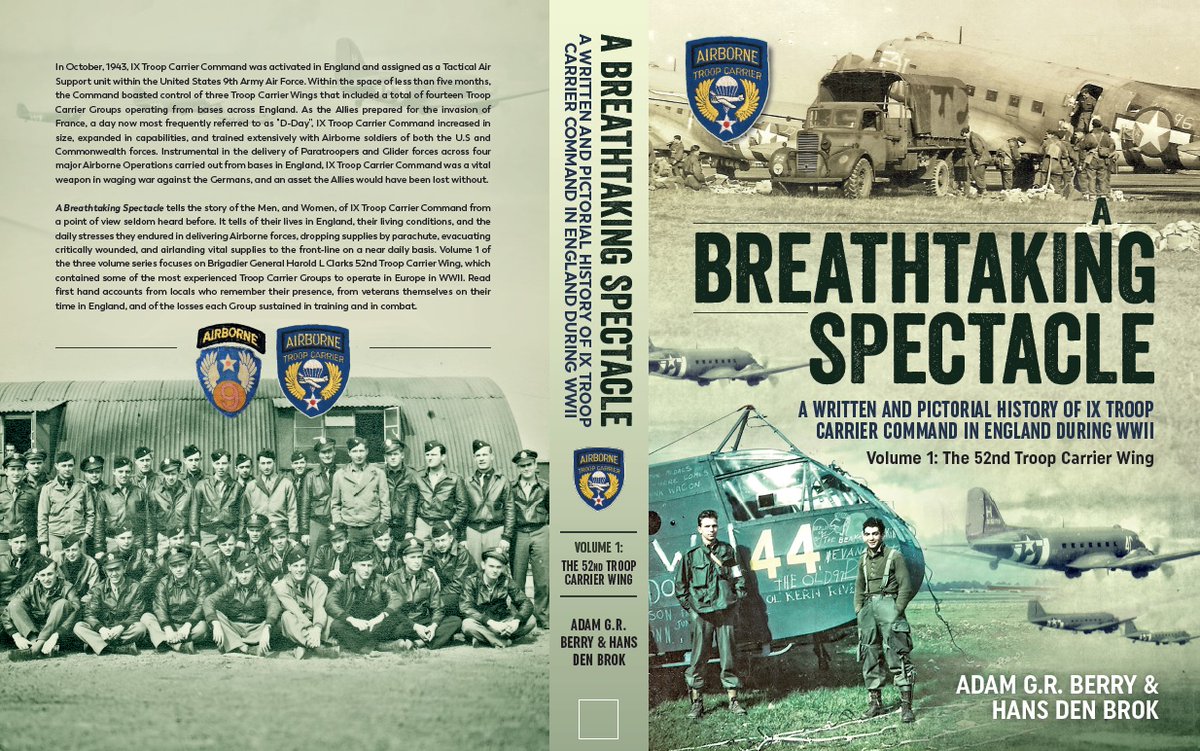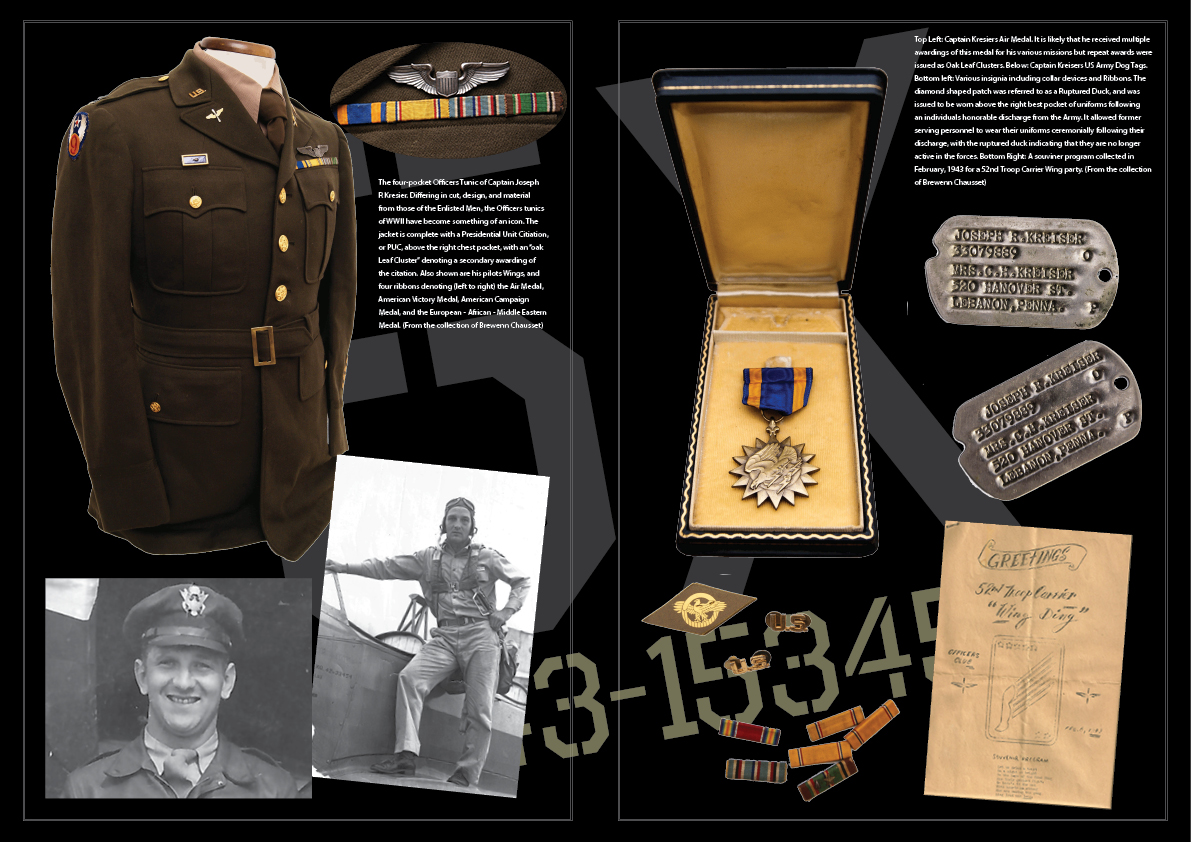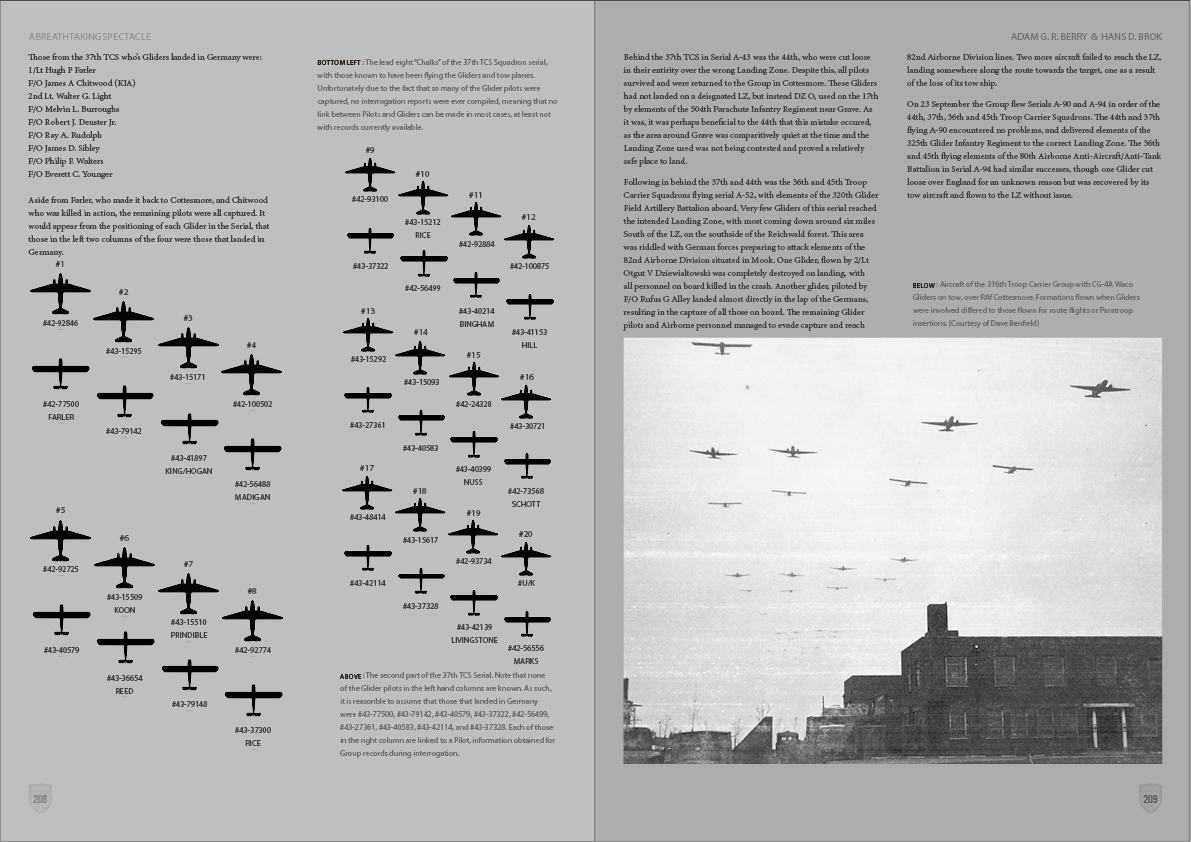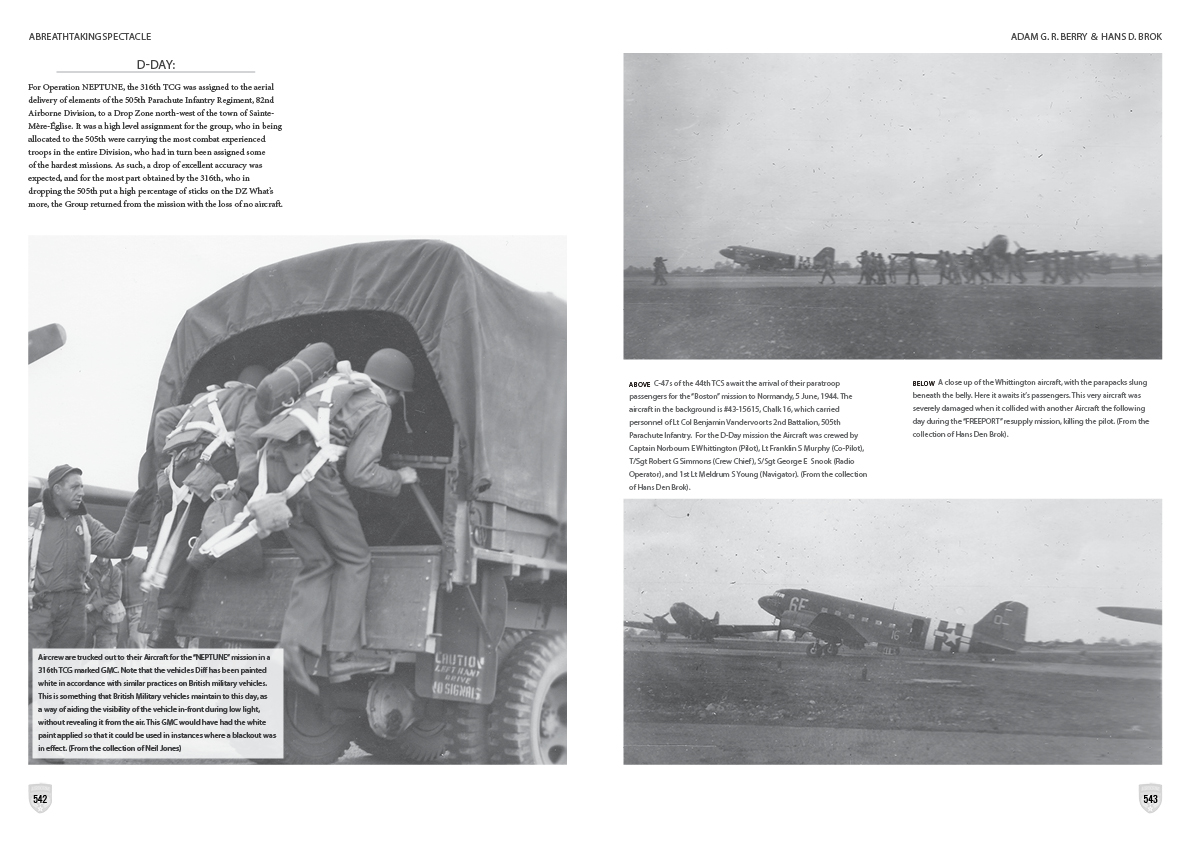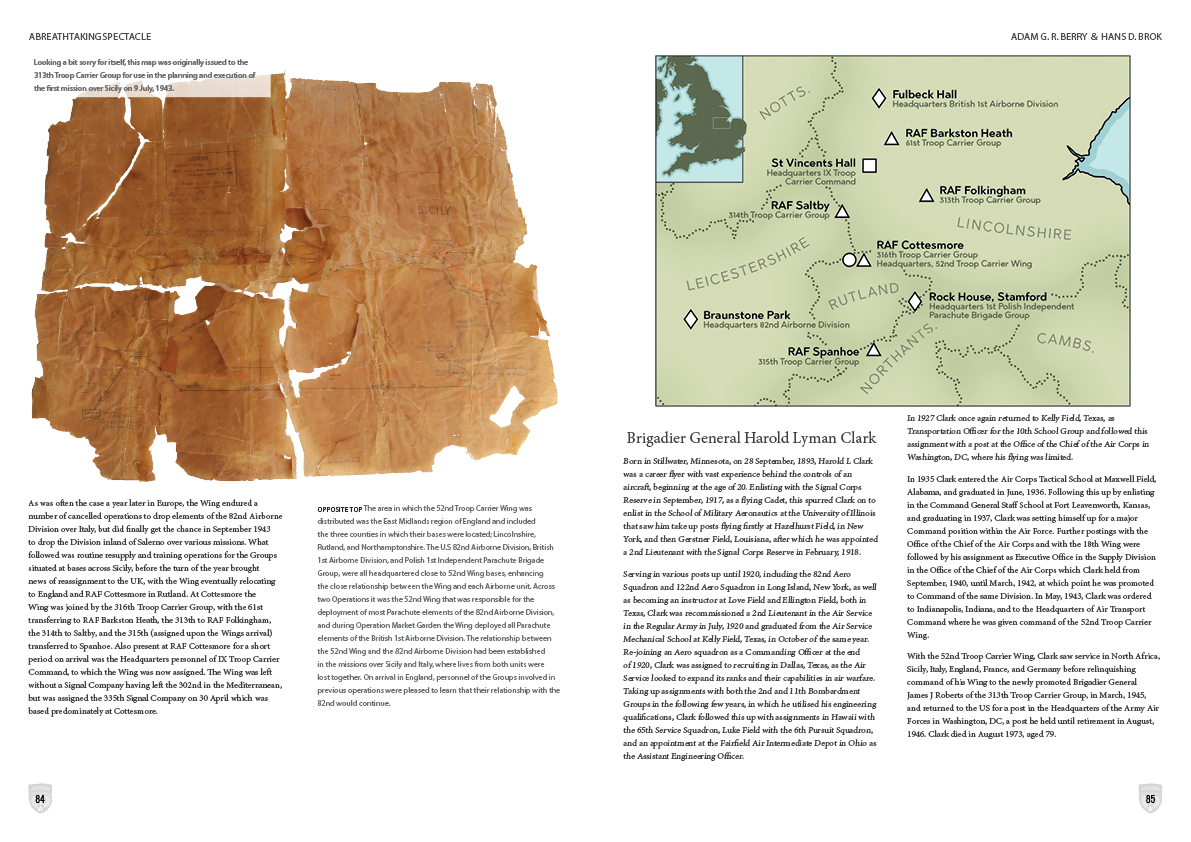I& #39;m going to ask my friends on here to RT this thread where possible, please, even though it is a shameless plug of my book. Last year myself and Dutch historian Hans Den Brok released Vol.1 of our 3-volume series about IX Troop Carrier Command during their time operating from /1
in WWII. The first Vol focused specifically on the 52nd Troop Carrier Wing, and we are now working on Vol.2 which will be focused on the 53rd TCW. What do we think makes our book worth buying? Well, firstly, it is both a written and pictorial history, with just shy of 1,000 /2
war-time photographs included. The vast majority of those photographs are previously unpublished, from private collections belonging to veterans or their families, or by myself, Hans, and friends. From a historian perspective, the Troop Carrier fraternity is pretty small, with /3
just a select bunch attempting to make strides towards documenting their history beyond the basics already known. Last June was interesting to observe from where I am, because the Daks Over Normandy event indicated just what love there is for the aircraft these guys flew, but /4
at the same time what little interest there is about the guys who flew them. This is sad. As a historian with the 82nd Airborne Division as my primary point of interest I can well appreciate the fascination with the guys who jumped from these aircraft, and rightly so, but pop /5
appears to have generated the impression that the aircraft they jumped from flew themselves. Common misconceptions about the quality of pilots that flew them and the causes of the miss drops on D-Day have been perpetuated over the years going as far back as when SLA Marshall /6
released Night Drop. All too often the experiences of the Paratroopers themselves, men who have no concept of the challenges of flying an aircraft pre-war in design on dangerous night-time missions, are the only ones consulted on these matters. Our book aims not necessarily /7
to put right some of these misconceptions but to perhaps explain how they happened, and to dispel the myths of inexperience or lack of training. It& #39;s never as straight forward as it appears. We try to avoid going into great detail about the politics behind the planning of /8
large-scale operations in WWII, focusing instead on the daily lives of those who flew and maintained the aircraft, what life was like on the bases, and of course the losses they sustained in combat. We focus on those from the very bottom of the ladder, to those at the top. /9
Whether you are interested in history in general or just aviation we are sure you will enjoy this book for the pictures alone. At 600 pages with over 900 pictures it was a pleasure to work on. It is available from http://www.overlord-publishing.com"> http://www.overlord-publishing.com
*From ENGLAND (argh proof read posts you tosser)

 Read on Twitter
Read on Twitter